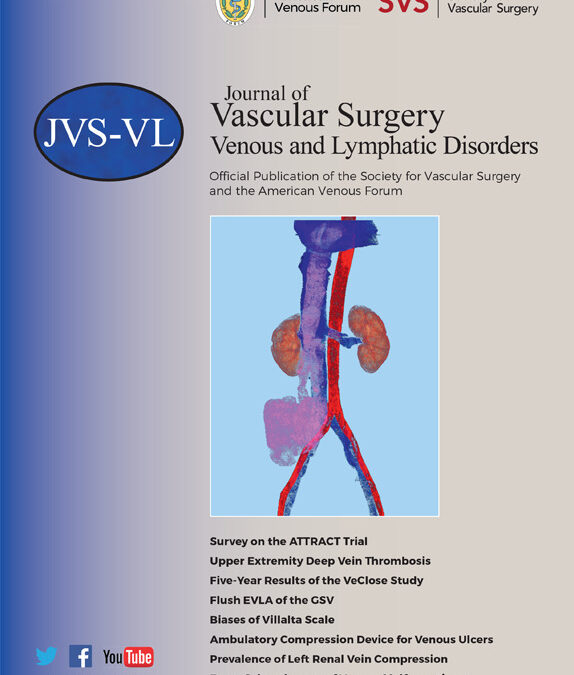What does that mean for my veins?
So what is the “anterior accessory great saphenous vein”, and why did I choose this paper to summarize for you? Well I’m glad you asked!
First of all, the “anterior accessory great saphenous vein” is one of the leg veins that can cause varicose veins. It gets it’s long-winded-must-have-been-named-by-a-bored-doctor name because it is “anterior” (meaning on the front of the thigh), and “accessory great saphenous vein” because it is the next-door neighbor of the great saphenous vein, which is the leg vein that runs from the ankle to the groin area and more commonly causes varicose veins of the legs. You can think of “accessory vein” like the “business route” of a major highway, where the business route is a shorter road that branches off the main highway and travels in proximity to another nearby destination (like Varicose Vein Village).
Secondly, the term “reflux” refers to the abnormal “backwards blood flow” in the leg veins when the tiny one-way valves, that normally function to keep the blood flowing only in one direction – up the leg and back to the heart – wear out and thereby allow some of the blood to “reflux” back down the leg This reflux puts higher pressure on the lower leg veins, and eventually causes the veins to dilate and bulge which can result in leg pain and swelling.
I chose the article to summarize because it is only fairly recently that this “accessory saphenous vein” has been recognized as a problem in many patients with varicose veins of the legs. In fact, not everyone even has this accessory vein. It used to be thought that only the great saphenous vein caused varicose leg veins.
For those of you still with me – finally – what did this research paper discover and conclude? From their analysis of over 2600 patients whose vein treatment results had been entered into a database from many medical groups, just over 10% of the patients only had reflux from the anterior accessory great saphenous vein, and not from the great saphenous vein. Another 5% of the patients had reflux from both of these veins. So overall around 15% had reflux causing varicose veins from the anterior accessory saphenous vein as the only cause or a contributing cause of their varicose veins.
The other important finding from this research paper is that when the accessory vein was the abnormal vein with the reflux, more patients developed phlebitis – a condition of painful blood clots in the varicose veins – than when the problem was in the great saphenous vein.
So, why is any of this important as long as the accessory vein gets treated, right? As it tuns out, many health insurance companies place restrictions on treatment of the anterior accessory great saphenous vein, restrictions that not only have no basis in medical science, but more importantly can result in denial of medically-necessary care to some people with varicose veins, especially when the primary problem is caused by this accessory vein. In fact I have had this exact, unfortunate scenario occur recently in one of my patients who was denied care by his health insurance company despite having medical necessity for treatment of his accessory vein.
I hope you found this blog post informative (and not too boring to read!). Please let us know if we can help you with your varicose veins at Carolina Vein Care & Aesthetics.
Mark R. Jackson, M.D.
Board Certified Vascular Surgeon
* Original article “The clinical relevance of anterior accessory great saphenous vein reflux” published in November 2020 by authors Marlin W. Schul, MD, RVT, FAVLS; Satish Vayuvegula, MD, MS, FAVLS; Timothy J.Keaton, PhD.
Original citation: Journal of Vascular Surgery: Venous and Lymphatic Disorders. Volume 8, Issue 6, November 2020, Pages 1014-1020


